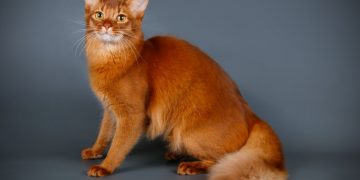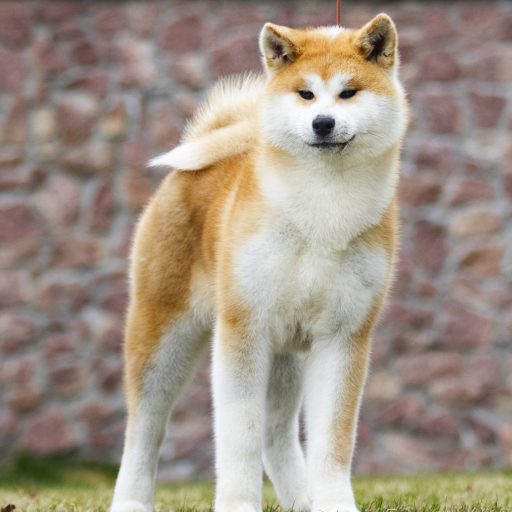The Somali is the semi-long haired variety of the Abyssinian. It thus takes on most of its character and almost all of its morphology. The fact remains that it is a breed in its own right. She is sweet and very attached to her owner. This cat is also lively, full of vitality and joy. The few illnesses he may contract during his life do not prevent him from generally living in the best conditions until the advanced age of 16.
Breed History
Somali is not from Somalia. Indeed, this breed of cat appeared in North America, then in Australia. The Somali descends directly from the Abyssinian, as it is actually a medium to long haired variety.
Thus, during the first appearances of semi-long-haired cats in the litters of Abyssinians, breeders decided to discard them until they persisted and presented themselves at exhibitions across the Atlantic, in Canada more precisely. It was in this country that research began in order to make this particularity of the Abyssinians a unique and recognized breed. Mary Mailling is cited among the pioneers of the breed, she who presented a long-haired Abyssinian at the Calgary cat show in 1963.
Evelyne Mague, breeder from New Jersey, fixed the semi-long character of the Somali’s coat in 1967. It was she who named it in reference to Somalia, a state bordering Ethiopia, the country of origin of the Abyssinian.
Physical peculiarities
His body: The Somali shares almost all the characteristics of the Abyssinian. He has a muscular body. It is both slender and supple, and the males are larger than the females. It has a well-rounded rib cage and slender but muscular legs.
His coat: The Somali simply differs from the Abyssinian in terms of his dress. Indeed, it has a mid-length to long coat. It is silky and quite fine. The undercoat is dense, but not woolly. Note that the collar and the pants have a thicker coat, while it is shorter on the shoulders and back.
Its color: The Somali standard has mainly 2 predominant colors: hare and sorrel. We therefore observe a warm and shiny dress. The coat always has the same particularity: it is ticked. His hair alternates dark and light bands. The standard tolerates all colors, within reason, and provided that the color is not dull, but contrasting.
His head: That of the Somali is of medium size, quite triangular, but softened. The contours are rounded, like the skull and forehead. The stop should not be too marked, just as a head that is too triangular is a fault.
His eyes: They are quite large and almond-shaped. They are bright and expressive according to the LOOF. Their colors vary from gold to green, passing through hazelnut.
His ears: They are large, flared and slightly pointed. They point slightly forward.
His tail: It is quite thick at the base and gets thinner as it goes. It is long and well proportioned to the rest of the body. It should never be whipped.
Feed
Be careful, the Somali loves food. He loves to eat and can quickly become obese. It will therefore be necessary to ensure that he does not ingest more calories than he expends. Thus, a diet based on human or industrial food will do the trick.












